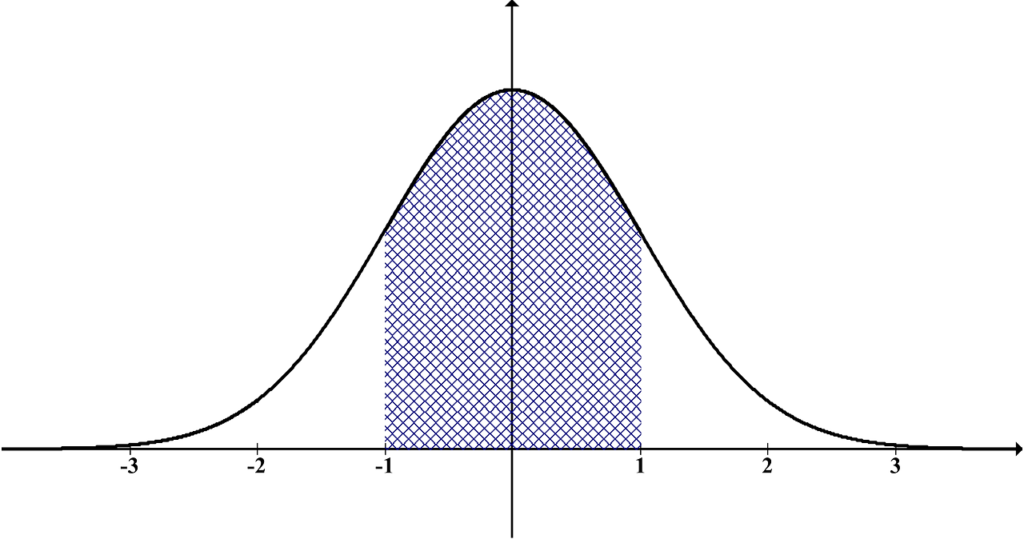
Poisson Distribution
I. Definition and Properties of Poisson Distribution
The Poisson distribution is a discrete probability distribution that is often used to model the number of events that occur within a fixed interval of time or space. It is named after the French mathematician Siméon Denis Poisson, who introduced the distribution in the early 19th century. In this section, we will explore the properties of the Poisson distribution and its applications in research.
Definition of Poisson Distribution
The Poisson distribution is defined by a single parameter, λ (lambda), which represents the average rate of events occurring in a given interval. The probability mass function of the Poisson distribution is given by the formula:
P(X = k) = (e^(-λ) * λ^k) / k!
Where:
- P(X = k) is the probability of observing k events in the interval
- e is the base of the natural logarithm (approximately 2.71828)
- λ is the average rate of events in the interval
- k is the number of events observed
Properties of Poisson Distribution
Mean and Variance:
- The mean of a Poisson distribution is equal to its parameter λ.
- The variance of a Poisson distribution is also equal to its parameter λ.
These properties make the Poisson distribution particularly useful in situations where the average rate of events is known, but the exact number of events is uncertain.
Independence:
- The events in a Poisson distribution are assumed to occur independently of each other. This means that the occurrence of one event does not affect the probability of another event occurring.
Memorylessness:
- The Poisson distribution is memoryless, which means that the probability of an event occurring in the future is not affected by the past. In other words, the distribution does not have a “memory” of previous events.
Limiting Distribution:
- The Poisson distribution can be used as an approximation for the binomial distribution when the number of trials is large and the probability of success is small. As the number of trials approaches infinity and the probability of success approaches zero, the binomial distribution converges to the Poisson distribution.
II. Applications of Poisson Distribution
In this section, we will explore the applications of the Poisson distribution in various fields of research.
Queuing Theory
Queuing theory is the study of waiting lines and is widely used in operations research to analyze and optimize the performance of systems involving waiting times. The Poisson distribution is commonly used to model the arrival rate of customers or entities in a queuing system. By understanding the distribution of arrival rates, researchers can make
informed decisions about resource allocation, service capacity, and system design.
For example, consider a call center that receives customer calls hroughout the day. By analyzing the arrival rate of calls using the Poisson distribution, researchers can determine the optimal number of call center agents needed to minimize customer wait times and maximize customer satisfaction.
Reliability Engineering
Reliability engineering is concerned with the study of the reliability and failure characteristics of systems and components. The Poisson distribution is often used to model the occurrence of failures or defects in a system over time. By analyzing the failure rate using the Poisson distribution, researchers can estimate the reliability of a system and make predictions about its future performance.
For instance, in the aerospace industry, the Poisson distribution is used to model the occurrence of aircraft engine failures. By analyzing the failure rate, engineers can determine the optimal maintenance schedule and identify potential areas for improvement in engine design.
Epidemiology
Epidemiology is the study of the distribution and determinants of health-related events in populations. The Poisson distribution is frequently used to model the occurrence of disease outbreaks or the number of cases of a particular disease within a population. By analyzing the distribution of disease occurrences using the Poisson distribution, epidemiologists can identify patterns, assess risk factors, and develop strategies for disease prevention and control.
For example, in the field of infectious disease epidemiology, the Poisson distribution is used to model the number of new cases of a specific disease within a population over a given time period. By understanding the distribution of disease occurrences, researchers can estimate the impact of interventions such as vaccination programs and develop strategies to mitigate the spread of the disease.
Quality Control
Quality control is a process used to ensure that products or services meet specified standards and customer expectations. The Poisson distribution is commonly used in quality control to model the occurrence of defects or errors in a production process. By analyzing the distribution of defects using the Poisson distribution, researchers can identify areas of improvement and implement corrective actions to enhance product quality.
For instance, in manufacturing industries, the Poisson distribution is used to model the number of defects in a batch of products. By understanding the distribution of defects, quality control engineers can determine the optimal sampling strategy, set appropriate quality control limits, and implement statistical process control techniques to monitor and improve the production process.
Traffic Engineering
Traffic engineering is the study of the design and management of transportation systems to ensure efficient and safe movement of people and goods. The Poisson distribution is frequently used to model the arrival rate of vehicles at a particular location or the occurrence of traffic accidents within a given time period. By analyzing the distribution of traffic flow using the Poisson distribution, traffic engineers can optimize traffic signal timings, design efficient road networks, and improve overall traffic management.
For example, in urban transportation planning, the Poisson distribution is used to model the arrival rate of vehicles at intersections. By understanding the distribution of traffic flow, engineers can optimize signal timings to minimize congestion and reduce travel times for commuters.
The Poisson distribution has a wide range of applications in various fields of research. Whether it is analyzing queuing systems, studying reliability, investigating disease outbreaks, improving product quality, or optimizing traffic flow, the Poisson distribution provides researchers with a powerful tool to model and analyze the occurrence of events. By understanding the properties and applications of the Poisson distribution, researchers can make informed decisions and contribute to advancements in their respective fields.
